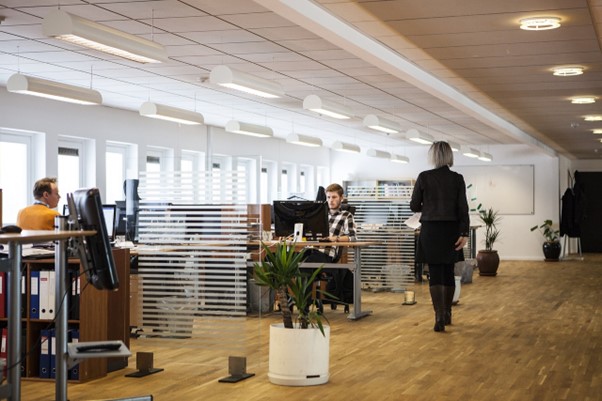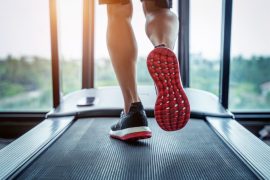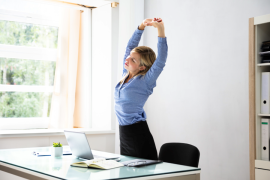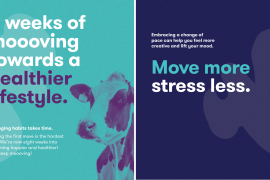Are you looking for a way to avoid that 3pm energy slump? Or even better, are you looking for an easy way to improve your mental clarity, digestion and other crucial components of your daily life? It may sound too good to be true, but a simple lunch-break walk after eating is one simple way to improve your health and wellbeing in various ways. This article will explore five major health benefits associated with a short walk after lunch, whether that be 10 minutes or 30 minutes – something is better than nothing!

Reason 1: Blood Sugar Control
Firstly, walking has been found to regulate the body’s blood sugar response. After you consume food your body experiences a spike in blood-sugar. The extent of this blood sugar spikes depends on many different variables, but a major one is the type of food that you consume. For example, if you consume a refined carb-heavy food such as a donut, your blood sugar may spike a lot higher and quicker than it might if you ate something like an apple, which contains more fibre, which helps to slow down this blood sugar spike. When your blood sugar spikes really quickly, it also crashes quickly too. This is why you may experience that ‘sugar high’ after eating a sugary food and then also feel your energy crash not too long after. When our muscles are engaged in physical activity, such as walking, our muscles utilise some of those sugars efficiently, allowing for a more balanced blood sugar response to the food we consume. This helps to minimise the crashes in energy you may experience throughout the day. So, if you’re desperate to beat that mid-afternoon energy crash, a quick lunch break walk could be a simple remedy!

Reason 2: Digestion
Mild physical activity, such as taking a walk has been associated with improved intestinal function. One study found that interrupting sitting with short bouts of walking increased post-meal gut hormone responses, indicating that the body was able to more efficiently digest food. In a more extreme example, individuals diagnosed with irritable bowel syndrome found that symptoms such as bloating, intestinal inflammation and bowel motility was improved with a simple 30 minute bout of walking per day. So whether you suffer from digestion issues, or simply want your body to digest your food as optimally as possible, a short post-lunch walk is a great way to help with this!

Reason 3: Sleep
Who doesn’t want a better quality of sleep? One way to achieve this is to move your body more throughout the day. Studies have found that walking helps to improve sleep quality and duration. One major reason for this is because walking helps the body to increase its production of the hormone melatonin, which acts to regulate our sleep-wake cycles. By taking a short walk after lunch is one simple way to help you to adhere to the Australian Government’s physical activity guidelines of 2.5 to 5 hours of moderate intensity physical activity per week without sacrifice any time outside of work hours. This extra physical activity is a surefire way to help you achieve a deeper, longer sleep to kickstart your day. If a better sleep appeals to you in any way, simply give walking a little bit more at work a go to see if it can improve your sleep.

Reason 4: Mood
Walking has been found to significantly benefit mental health. When considering this more specifically from the perspective of the workplace, one study found that lunchtime walking was associated with improved enthusiasm, relaxation and nervousness of previously inactive employees in their workplace. A potential reason for this is because walking is associated with a decreased production of the body’s stress hormone, cortisol. A short walk may be a simple strategy for you to feel a little less on edge, and a little more relaxed amongst the stressors of a typical workday.

Reason 5: General Health Markers
Lastly, getting in some extra steps at work is a great way to improve general aspects of your general health, such as your cardiovascular health, bone health, immune function and weight management. Walking is associated with these health benefits and is a simple, cost-effective form of exercise to squeeze into your day.
So, if you haven’t already, get up from your chair and try to make use of your lunch break to help your body function at its best so that you can feel your best!
This blog article was written by Grace Patane, a second year Nutrition Science student at the University of Queensland during her involvement as a Summer Research Scholar with the Health and Wellbeing Centre for Innovation at UQ’s School of Human Movement and Nutrition Sciences.
![]()








Comments are closed.